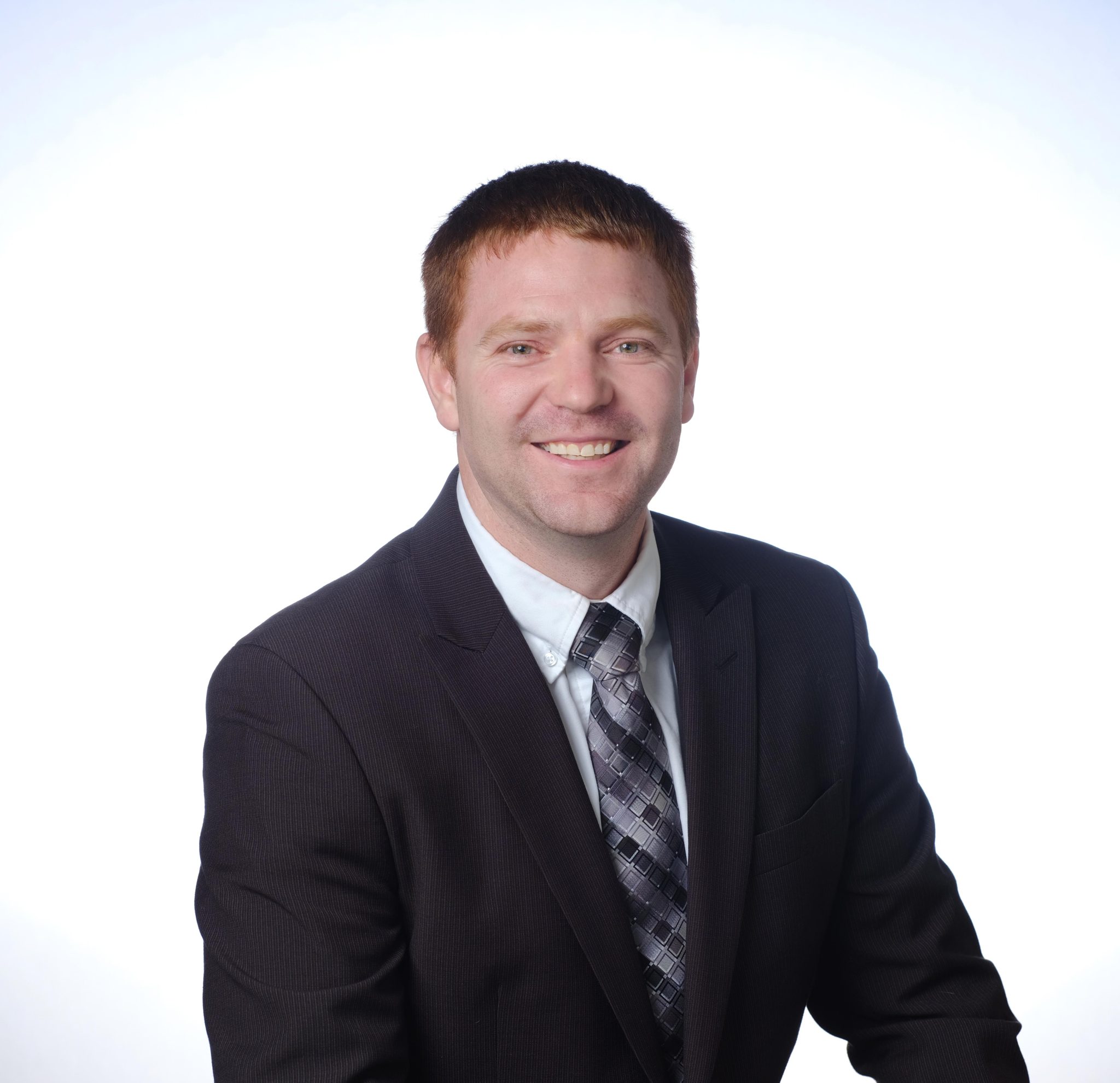Our staff of professionals use LiDAR on a daily basis and are well-versed in its proper use and applications. LiDAR, which stands for Light Detection and Ranging, is a remote sensing method that uses light in the form of a pulsed laser to measure ranges (variable distances) to the Earth. These light pulses—combined with other data recorded by the LiDAR system generate precise, three-dimensional information about the shape of an object or surface.
Our nationwide project experience has taught us that LiDAR has many applications ranging from land surfaces to structures, as-built surveys to internal working components of mining operations. Meridian has the capacity and capability to use this tool to provide the 3D data necessary for the detail your project needs.
Safety and efficiency of data collection are compelling reasons to use laser scanning. The ability to acquire a great deal of accurate measurements in a short time is tremendous, especially in areas that are not conducive to traditional methods of data collection.
Frequently Asked Questions
What does LiDAR stand for?
LiDAR, an acronym for Light Detection and Ranging, is a method used for determining ranges in a survey. Using a pulsed laser, the surveyors target an object or a surface and measure the time it takes the reflected light to travel back to the receiver. Using these light pulses and other data recorded by the LiDAR system, the surveyors can generate accurate, three-dimensional information about the shape of the surface or object. At Meridian Engineering, we use the FARO FOCUS 3D laser scanner for capturing high definition of hard surface with high accuracy.
What is LiDAR technology used for?
LiDAR is used in various land management and planning efforts, including geologic mapping, landslides, hazard assessment, forestry, agriculture, and watershed surveys. Generally speaking, LiDAR is used whenever the shape of part of the earth’s surface needs to be known.
At Meridian Engineering, LiDAR allows our team to efficiently collect large data sets in a short period of time. In the last five years, our team has successfully delivered surveys developed from LiDAR hundreds of projects. We have completed terrestrial scanning of over 45 bridges and 20 structures. The detailed models created from the scans give design teams a complete view of existing conditions, enabling more informed decisions. With site projects and roadway corridors, Meridian employs terrestrial LiDAR technology. This technology has recently been used on Meridian projects such as UTA rails, UDOT corridors and bridges, LDS Temples, and many school districts and universities, including Nebo, Alpine, Canyons, BYU, University of Utah, Salt Lake Community College, Research Park, and Weber State.
How accurate is LiDAR?
LiDAR, or aerial laser scanning systems, can provide accurate data for open areas with a vertical accuracy of 15 cm. At Meridian Engineering, we use the FARO FOCUS 3D laser scanner for capturing high definition of hard surface with high accuracy. This scanner is rated as a 0.5 to 2.0 mm scanner. Through repeated tests, it has been shown it is roughly a 1 mm scanner. Using the F3D in a static process on a tripod, we expect results similar to other scanners of equivalent quality.


